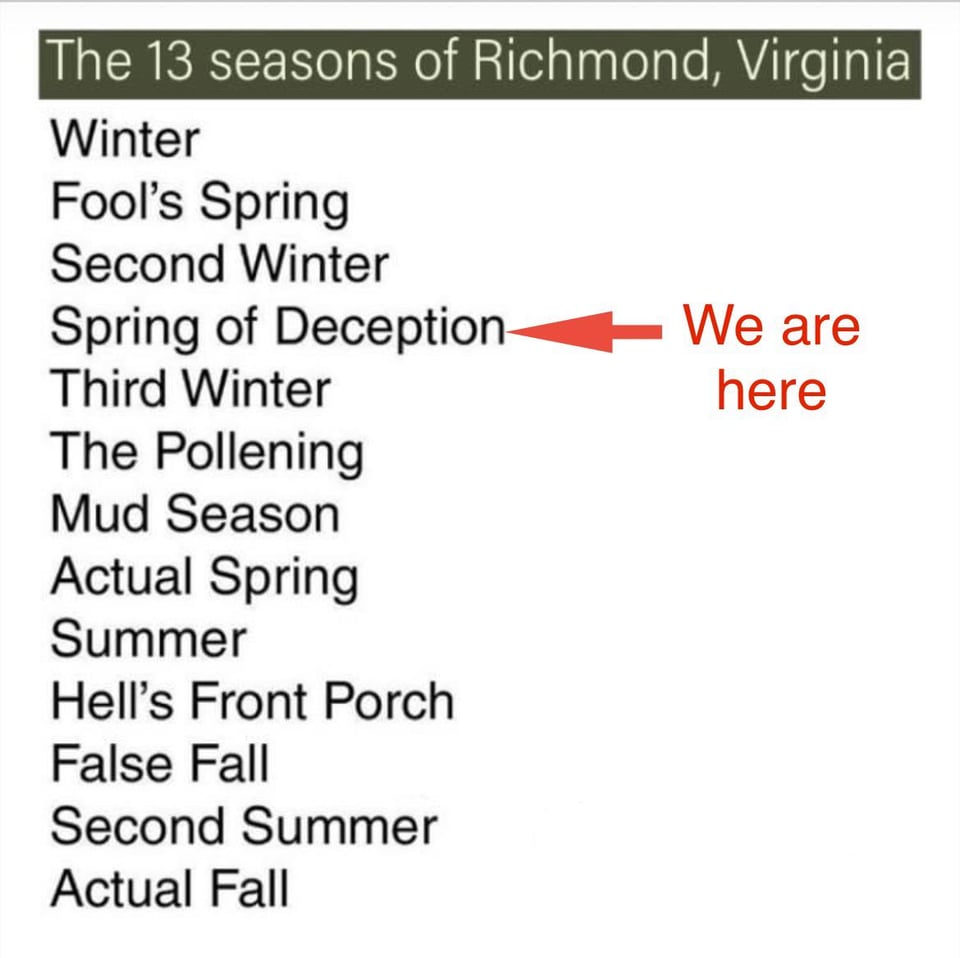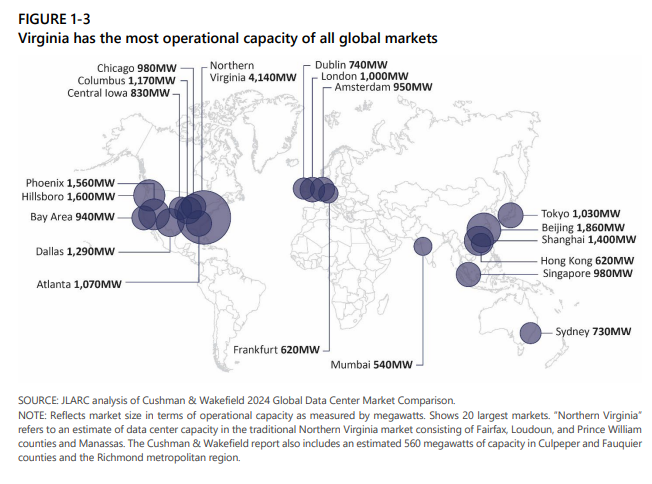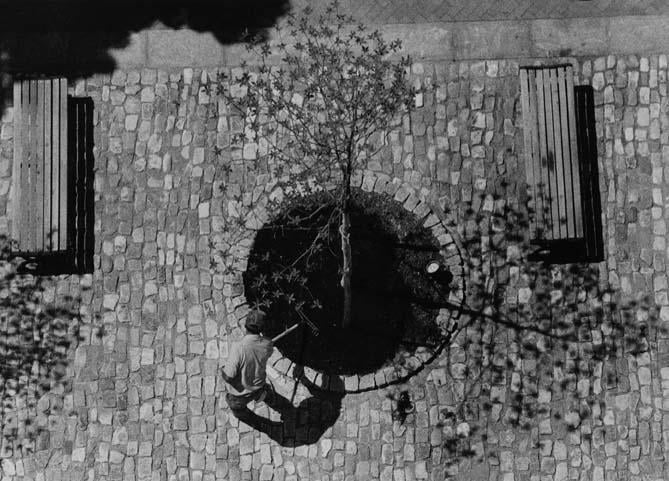Richmond Racing, A New Art Space, and Energy Demand
Cheers RVA!
Today will be partly cloudy with a high in the upper 60’s, with mild wind and a low of 43.
A user on the subreddit r:rva noted we are in the 4th of Richmond’s 13 seasons:

the juice:
Racing is expected to return to Chesterfield at Southside Speedway as an agreement has been reached between Operator Competitive Racing and the Chesterfield Economic Development Authority, via Bizsense.
The raceway has been closed since 2020, and the new operator expects at least $2 million will need to be invested to make the track operational again.
Races could potentially begin as early as next year.
Nascar will only host one race this year, a night race in August, after having hosted two races every season since 1959 (with the exception of 2020 due to the pandemic).
the pulp:
A new hub for artists and digital creatives is opening in town, from R. Anthony Harris at RVA Mag. The membership-driven space, ‘Ours’, aims to provide a sober space as an alternative to the “city’s bar-heavy music and arts scene.”
The Shockoe Examiner dissects "Tomorrow's History" - A 1942 color film about Richmond and its two major newspapers, the Richmond Times-Dispatch and the Richmond News Leader, which eventually merged in 1992. The film is broken up into three parts and can be viewed on youtube.
Venture Richmond has compiled a list of more than 60 women-owned businesses in the downtown area.
The 50501 Virginia Chapter is hosting a trans rights and gender equity protest on Saturday at noon at Capitol Square.
the dive:
Patrick Larsen from VPM dives into how data centers are driving the increased demand for electricity in Virginia.
Without new data center demand, the expected energy use in Virginia would barely increase over the next 15 years.
In fact, the state’s energy demand was essentially flat from 2006 to 2020 because energy efficiency improvements offset population growth.
Virginia has more data center operational capacity than anywhere in the world in terms of megawatts according to a recent study by the Joint Legislative Audit and Review Commission (JLARC), the research arm of the General Assembly.

When residents pay their energy bills, that are paying a fraction of the various costs to provide energy: power plants, fuel, transmission, substations and other components of the network.
Hyperscale data centers use enormous amounts of energy, and the increased projected demand could affect residents and other non-hyperscale consumers in three ways.
Larsen writes:
a portion of new infrastructure that would not otherwise be built will be paid for by customers other than those driving that new demand
because meeting energy demands will be a challenge, costs will go up for all customers
increased reliance on imports from other utilities means less control over those costs
The article notes solutions to these potential challenges are available, including the setting of rates for high-demand facilities.
Read the entire article here.
the vibe:
‘Patterns of Spring’ in 1986

Have a propitious day RVA!
Support this newsletter with a one-time or monthly donation, and thanks for reading.